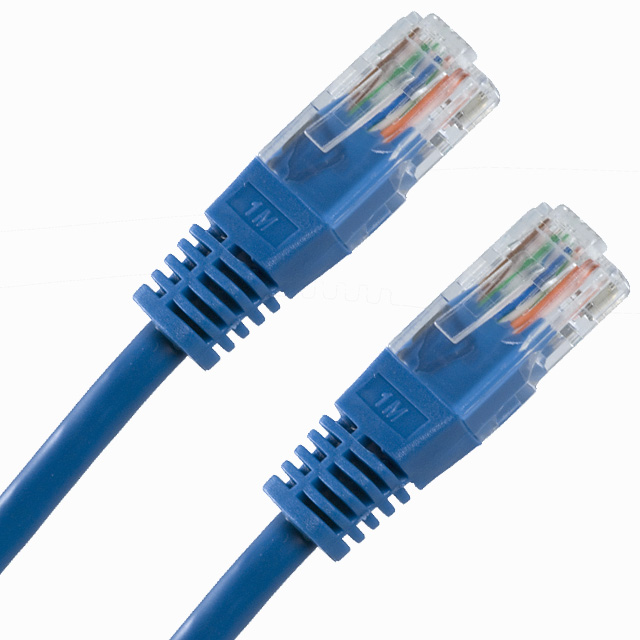| Component |
Purpose |
Properties |
Picture |
| Monitor |
A screen that displays images generated by a computer. |
Monitors are connected to the computer via VGA, DVI, HDMI, DisplayPort, Thunderbolt, LVDS or other proprietary connectors and signals. |
/about/dell-ultrasharp-u2412m-lcd-monitor-56a6f9cc3df78cf772913a70.jpg) |
| Microphone |
A device that converts sound waves into electrical waves. (You can record things.) |
Connected to computers through a 3.5mm connector or USB Port. |
 |
| Printer |
A machine for printing text or pictures onto paper, especially one linked to a computer |
Connected to the computer through a USB or Ethernet cable, or wirelessly through wifi. |
 |
| Flash Drive |
A small electronic device containing flash memory that is used for storing data or transferring it to or from one device to another. |
Connected through the USB Port. |
 |
| Stylus |
A penlike device used to input handwritten text or drawings directly into a computer or for input on a touch-screen. |
Works like a standard writing utensil. |
 |
| MIDI controller |
Any hardware or software that generates and transmits Musical Instrument Digital Interface (MIDI) data to electronic or digital MIDI-enabled devices. |
Connected through a USB and MIDI Port. |
 |
| Cat Cable |
CAT Cables are typically used for Ethernet network connection. |
The amount of Mpbs it runs at depends on the model of the cable. (Somewhere between 10 to 100 Mpbs, 100 Mpbs to 1 Gbps, etc. |
 |
| Component |
Purpose |
Properties |
Picture |
| Motherboard |
It holds together many important components of a computer, including the central processing unit (CPU), memory and connectors for input and output devices. |
Provides a place for the CPU to sit and handles every bit of data that passes in and out of the CPU. |
 |
| CPU |
Reffered to as the "brains" of the computer, it processes instructions given to the computer. It allows searches and stores information, allowig you to perform virtually any task on the computer. |
A microprocessor that sits in the motherboard. |
 |
| RAM |
The main memory of the computer. |
RAM contains multiplexing and demultiplexing circuitry, to connect the data lines to the addressed storage for reading or writing. |
 |
| Graphics adapter |
Shows graphics, text and GUI on the screen. |
These cards have video RAM and connects to the motherboard. |
 |
| Hard Disk Drive |
Stores and provides quick access to large amounts of data in the computer. |
It contains several billion bytes (gigabytes) of storage. |
 |
| SSD |
A storage device that stores data on solid-state flash memory. |
Works similarly to an HDD (above), but without the moving parts to make up its build. |
 |
| Component |
Purpose |
Properties |
Picture |
| HDMI Port |
A do-it-all cable combining uncompressed audio and video for maximum picture quality. |
It's an easy plug that can handle high display resolutions. |
 |
| USB Port |
Where files are transfered into and out of the computer. |
Come in 2.0 and 3.0 Ports (the latter is identified in blue). |
 |
| VGA Port |
Used for carrying out video signals. |
VGA connectors and cables carry analog component RGBHV video signals, and VESA Display Data Channel data. |
 |
| Firewire Port |
Served for high speed connection in the 90s. (it has since been replaced by USB Ports.) |
It is found pretty sparsely these days, but is still used to connect things like older cameras to computers. |
 |
| Lighting Port |
The Lightning connector is used to connect Apple mobile devices to host computers, chargers and more. |
It uses 8 pins on its end and can be inserted with either side facing up. |
 |
| Thunderbolt Port |
A relatively new type of connection. |
Thunderbolt can deliver 10 watts, which is over twice as much as USB 3.0. |
 |
| Display Port |
One of two A/V connections (the other being HDMI). |
It is possible to run up to four 1080p displays with a single DisplayPort connection. |
 |
/about/dell-ultrasharp-u2412m-lcd-monitor-56a6f9cc3df78cf772913a70.jpg)






/about/dell-ultrasharp-u2412m-lcd-monitor-56a6f9cc3df78cf772913a70.jpg)


















